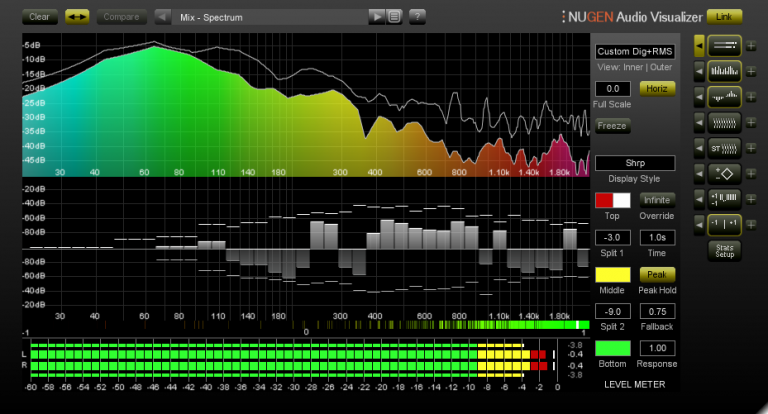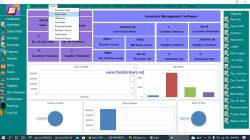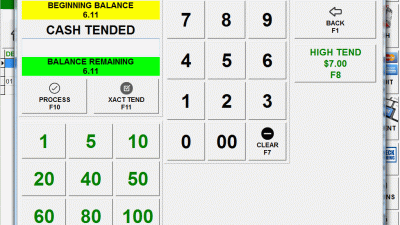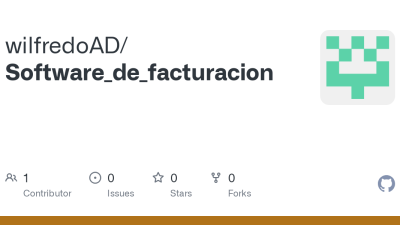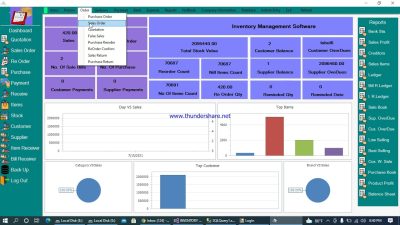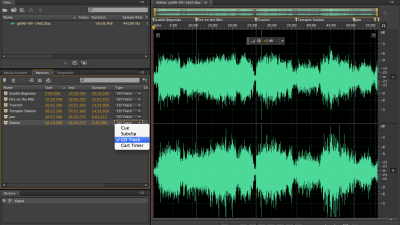
Choosing the right audio software is a critical decision for anyone involved in music production, podcasting, sound design, or any other audio-related field. With a plethora of options available, each boasting its own unique attributes and capabilities, it can be challenging to determine which software optimal suits your needs. This thorough guide will walk you through the key considerations and factors to keep in mind when selecting audio software, ensuring you make an informed decision that empowers your creative endeavors. Let’s dive in!
Understanding Your Audio Needs. Before diving into the world of audio software, it’s crucial to assess your specific requirements. Are you a musician looking to record and mix tracks? A podcaster in need of editing and mastering tools? Or perhaps a sound designer creating immersive audio experiences for games or films? determineing your primary use case will help narrow down the options and ensure you select software that aligns with your objectives. Consider the types of projects you’ll be working on, the level of complexity involved, and the attributes that are most crucial to you. This initial assessment will serve as a roadmap as you explore the vast landscape of audio software.
Exploring varied Types of Audio Software. The audio software industry is diverse, offering a scope of tools tailored to varied tasks. Digital Audio Workstations (DAWs) are thorough platforms for recording, editing, mixing, and mastering audio. Popular DAWs include Ableton Live, Logic Pro X, Pro Tools, and FL Studio. These programs offer a wide array of attributes, including virtual instruments, effects plugins, and advanced editing capabilities. Audio editors, such as Audacity and Adobe Audition, are designed for precise audio manipulation, restoration, and cleanup. They excel at tasks like noise reduction, equalization, and time stretching. Specialized software like iZotope RX focuses on audio repair and enhancement, offering powerful tools for removing unwanted sounds and improving audio quality. Understanding the varied types of software available will help you select the right tool for the job.
Key attributes to Look For. When evaluating audio software, several key attributes can significantly impact your workflow and the quality of your output. A user-friendly interface is essential, especially for beginners. Look for software that is intuitive, well-organized, and easy to navigate. Compatibility with your operating system and hardware is also crucial. Ensure that the software supports your audio interface, MIDI controllers, and other peripherals. A thorough library of virtual instruments and effects plugins can expand your creative possibilities. Look for software that offers a wide scope of sounds and effects, or that supports third-party plugins. Advanced editing capabilities, such as non-destructive editing, time stretching, and pitch correction, can give you greater control over your audio. Real-time processing allows you to hear the effects of your adjustments immediately, streamlining your workflow.
Compatibility and System Requirements. Before purchasing or downloading audio software, it’s essential to check its compatibility with your operating system and hardware. Ensure that the software is compatible with your version of Windows or macOS, and that your computer meets the minimum system requirements. Insufficient processing power or memory can lead to performance issues, such as lag, crashes, and audio dropouts. Consider the amount of storage space required for the software and its associated files. Audio projects can quickly consume a significant amount of disk space, so it’s crucial to have enough storage available. Check the software’s compatibility with your audio interface and MIDI controllers. Ensure that the software supports the drivers and protocols required for your hardware to function correctly. By verifying compatibility and system requirements, you can avoid potential headaches and ensure a smooth and efficient workflow.
Tips for Choosing the Right Audio Software. Choosing the right audio software can feel overwhelming, but by following a few simple tips, you can make the process easier. Start by downloading trial versions of varied software to test them out. This will allow you to get a feel for the interface, attributes, and workflow before committing to a purchase. Read reviews and watch tutorials to learn more about the software’s capabilities and limitations. User reviews can offer valuable insights into the software’s strengths and weaknesses. Consider your budget and the long-term costs associated with the software. Some software requires a one-time purchase, while others use a paid access model. Factor in the cost of upgrades, plugins, and other add-ons. Don’t be afraid to ask for recommendations from other audio professionals. Their experience and insights can help you make an informed decision. By following these tips, you can find the perfect audio software to meet your needs and elevate your audio production skills.
In conclusion, selecting the right audio software is a pivotal decision for anyone involved in audio production. Whether you’re a seasoned professional or just starting out, understanding your needs and exploring the options available will set you on the path to creating exceptional audio text. Remember to consider factors like compatibility, ease of use, and the specific attributes that align with your creative vision. With the right tools at your disposal, the possibilities are endless!
